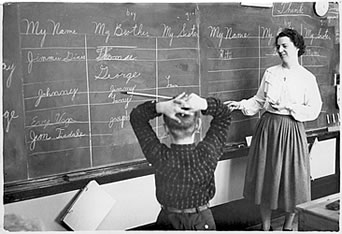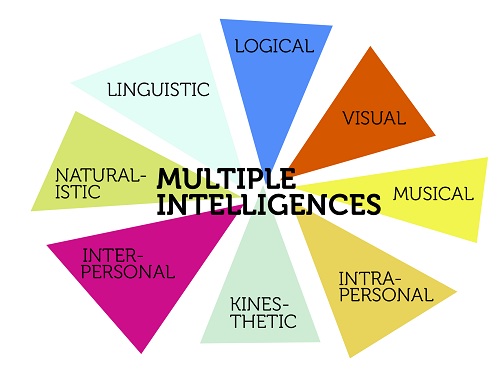TM Egypt Approach
When Thinking Skills became Popular: WHY? And WHAT NOW?
During the mid-1980s “thinking” or “thinking skills” became popular in schools. While this sounds odd, an early history of education in the Americas and many other countries around the world shows quite conclusively that the overlapping acceptance of behaviorism and theories of static “intelligence” shaped an educational paradigm chalk-and-talkbased on a “banking” system of learning content, not on the direct facilitation of thinking skills, dispositions, deep questioning leading toward improved thinking and learning. The view was that some students could “naturally” learn and think better, whereas others, deterministically, were relegated to a life of low level thinking… and by extension, less education and low level work. It was well accepted that during the week teachers deposited pieces of concepts, like pieces of silver, in discrete chunks, and withdraws were made through quizzes and tests. If the deposit was not learned, lessons were often repeated in the same format independent of learners’ individual cognitive styles, development of common thinking skills/processes or the complexity of their unique capacities (Freire, 1970). Children were thus stuck forever on the Bell Curve statistical graph.

Before and during the early stages of the thinking skills movement of the past 20 to 30 years, the “brain-mind” was often called a “black box,” an unknown and unknowable mystery. Breaking through the existing paradigm was the slow integration of process writing, problem-based learning, cooperative learning, and thinking skills instruction. An emphasis on thinking skills and conceptual learning led to a wide array of thinking skills programs in the 1980s, gave rise to a focus on higher-order questioning using Bloom’s Taxonomy of Educational (cognitive) objectives, and opened doorways to a constructivist view of learning and pedagogy. A very wide panorama of this movement—and the programs and approaches that embodied the ideas—can be viewed in the multiple editions of Developing Minds (Costa, 1991).
Howard Gardner’s theory of multiple intelligences was one of the waves that broke open the static view of intelligence and thinking in general, and gave voice and vision to different ways of thinking. Brain research has been a second wave, carrying us toward a new understanding of the complexity of cognition, learning, and human development. With brain research showing the emotional gatekeeping and filtering of the brain comes the third wave, in the form of emotional-interpersonal-social intelligence (Goleman, 1995). As these waves of change influenced classroom interactions, we can look back and see that the black box of brain functioning was central to how we underestimated human capacities and learning.
The foundations for the thinking skills movement have been built by cognitive scientists and developmental psychologists drawing from the works of the pioneers such as Dewey, Piaget, Luria, Feuerstein, Vygotsky and so many others. Today, the field of developing thinking skills—or cognitive processes in particular–along with dispositions, enquiry based learning, creativity, and a range of “intelligences” and uses of technology is blossoming all over. The questions become, then, as this field now progresses and matures in this century:

- How to we support learners across all of these dimensions of thinking, not just “thinking skills”?
- How do we support teachers across an entire school to integrate these approaches or pathways so there is consistency as well as flexible use?
and
- How do we support students to become aware of their thinking (metacognition) so that they may become experts in how their own minds work… so that they have the lifelong capacity to improve their thinking… as the world changes so rapidly?
These are the questions we face as individuals, family members and educators!
- How to we support learners across all of these dimensions of thinking, not just “thinking skills”?
- How do we support teachers across an entire school to integrate these approaches or pathways so there is consistency as well as flexible use?
and
- How do we support students to become aware of their thinking (metacognition) so that they may become experts in how their own minds work… so that they have the lifelong capacity to improve their thinking… as the world changes so rapidly?
These are the questions we face as individuals, family members and educators!
See here for more information about the Thinking School International approach

